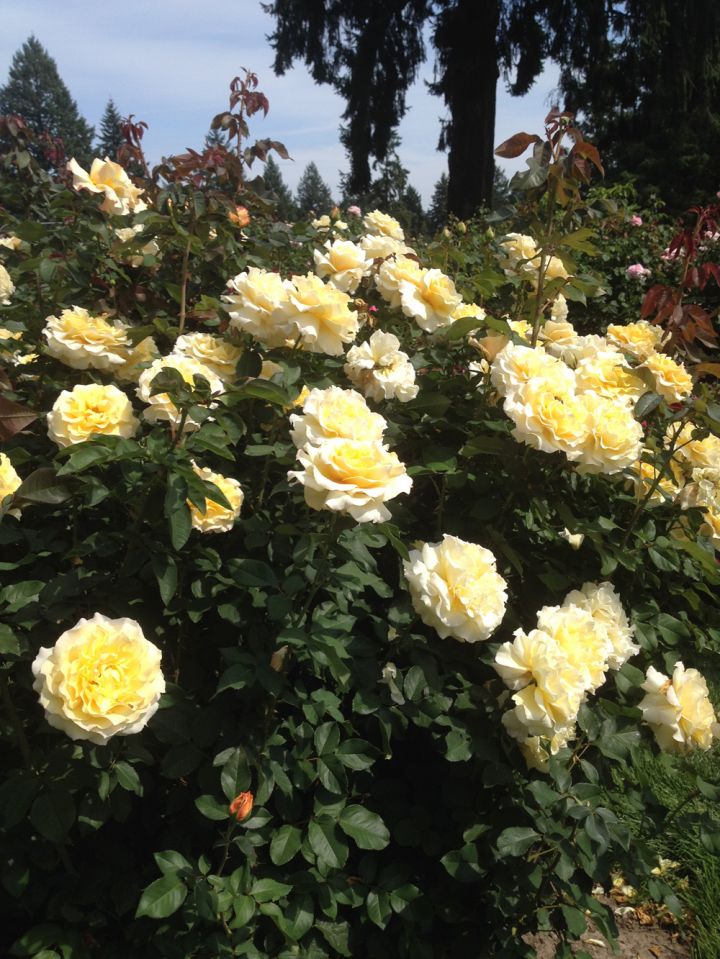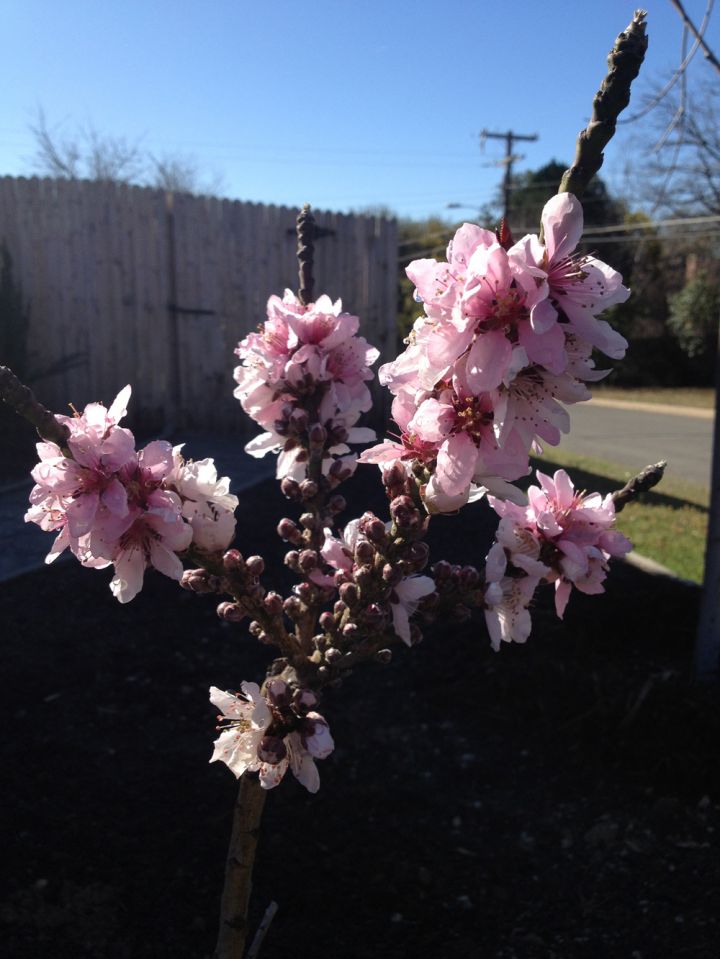Pruning in Your Garden Now
January 24, 2018 | By webadmin
Even though temperatures last week dipped to nearly record lows, spring always has a way of sneaking up on us here in north Texas. Soon, you will be seeing tree buds begin to swell and bulbs popping their heads out of the ground. Make sure you don’t forget to take care of some important maintenance projects in your garden before it’s too late.

Late January is the time for pruning & cutting back perennials. Most importantly: roses, evergreen shrubs, and fruit trees. It is important to prune these plants before they break new flowers or leaf buds. You may hear some people telling you to wait until mid- or late-February, but you really have to watch the temperatures and it depends on where you live. Evergreen shrubs and roses an start putting out new growth in early February if conditions are right. If you wait too long to do heavy pruning, you may lose your pruning opportunity.
Roses: If your roses have been neglected, you may need to reduce plants significantly to properly prune and shape them. Hydrid tea roses often require that 50% of the plant be pruned back, while antiques and shrub roses require less removal- up to about 1/3rd of the plant is adequate. Pruning done correctly can influence your shrub to branch out, producing more blooms and a fuller plant. Make your cuts at a 45 degree angle above a bud. The cut should be made upward, towards the outside to help promote filling out. Make sure to prune out any diseased, dead, or criss-crossing canes.
Evergreen shrubs: Evergreen shrubs such as hollies and boxwoods should also be pruned for size reduction and shaping in late-winter, while dormant. If you wait too long to prune these shrubs, you’ll just be cutting of all the brand new growth plants put energy into growing, leaving you with last year’s growth, which could be damaged. Prune while plants are still dormant and you’ll get a nice new flush of growth where you want it.
__full-width.jpg)
If your shrubs are completely out of control and misshapen, it might be time for a rejuvenation prune. This practice involves cutting the plant almost completely to the ground, and letting it flush out anew. This should only be performed in the winter and on certain types of plants.
Fruit trees are often pruned in late winter in our climate, but each type of fruit tree has special pruning requirements and timing. Pruning them at the wrong time could put your next harvest in jeopardy. In a nutshell, the goal is to prune the earliest blooming fruit trees as late as possible, right before they break flower buds. Later blooming fruit trees can be pruned now. That seems counterintuitive, but pruning stimulates the plant to grow - so you don’t want to prompt very early blooming types to bloom too early or flowers may freeze. Make sure to research your fruit trees to determine the right time to prune.

Dormant Perennials: Along with specialized pruning, it is the perfect time to finish cutting back and cleaning up your perennials in the landscape. Cut perennials back to the ground that have frozen in the last few weeks—this includes plants like aster, yarrow, and chrysanthemum. Other perennials, like Salvia greggii, should be pruned back to about 10” tall to encourage new growth.
Lastly, after performing all of these pruning activities, it is always great to add a new layer of mulch. The mulch will help tidy everything up and set your landscape on the right path come spring. If you need help accomplishing any of these tasks before spring weather hits, be sure to give us a call.
